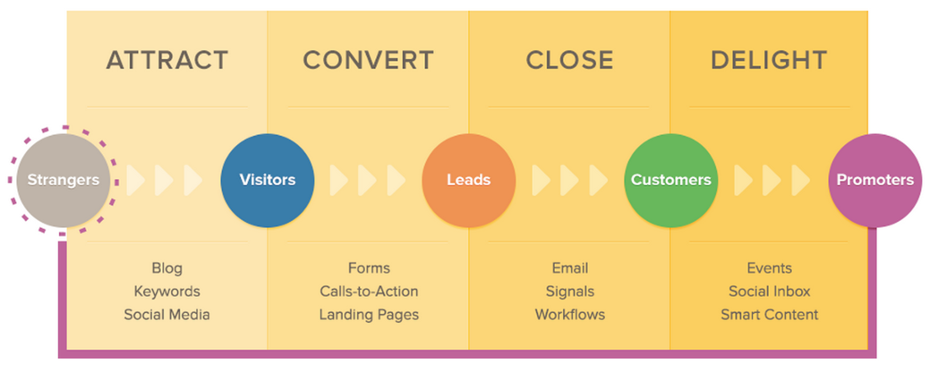
Marketing Has to Get Better
A Bit of Background
I was a telemarketer. I used to call Americans to ask them if they wanted white papers from tech hardware companies, and if they’d be willing to answer surveys about their businesses in exchange for them.
If they agreed, my job was to get as much information out of them as I could. Then at the end of the call I’d tell them a sales rep from the hardware company would be in touch and hang up before they could object. Gross, yes, but I was just doing what I was told to do.
It was a pretty ineffective strategy, hence why I used to call 300 people a day. There was a 90% staff turnover in that company every year because the targets were becoming harder and harder and the tactics less and less effective.
Innevitably, the successful calls were with those who were bored or lonely. They spent 2 or 3 minutes after the business bit of the call asking about my day and talking about the somehow ever-present family connection that every American individual has with Ireland.
After a while, these conversations stopped making me sad, which I think was the hardest part. At that point, I became used to exploiting another human’s need for companionship and I knew I couldn’t continue.
I left to find something else.
There Had to Be Something Better
As my next step, I fancied single-handedly cutting the phone lines where I used to work. But, they used a VoIP. So I couldn’t.
Instead, I channelled my energy into finding something better than cold calling. Marketing has to get better than that. I believed in something better than that. So, I looked around and found HubSpot.
If you came here for an exposé about HubSpot, I’m sorry to disappoint you. I don’t like gossip mongers, and I’m not that tacky.
They do inbound marketing. Inbound as a strategy had a lot of what I wanted: being able to help people, putting use to skilful writing, and being able to prove that there’s integrity in what you’re doing while still being able to measure its effectiveness.
If you want to get visual, here’s what the inbound marketing methodology looks like:

But then I left. I left because, even though I bought the methodology of inbound, I couldn’t practice much of it at HubSpot in sales other than telling Finnish people (whose surnames were really hard to pronounce) to buy software based on a great idea. So, again, I left to make the marketing world a better place.
I had learned a lot. I was a little older, wiser and ready to put the best parts of that experience to use.
How I’m Trying to Make Marketing Better This Time
Marketing is hard. Attracting people to your website by writing about their struggles seems innocent, but some people have taken that idea and made a numbers game out of it. They’ve left behind the principal that made the concept so good in the first place: being helpful.
For example, people have started manipulating inbound marketing by picking popular online search terms, stealing other people’s ideas that they read on blogs elsewhere, and making a listicle of those ideas so that they’re seen as the expert despite not doing much work at all. Sure, it works in the short term, but there isn’t much value in that.
Those people are as helpful as I was when I was calling people up and promising them the world. The only difference is that people gaming the marketing sector don’t use a phone.
I don’t want to be the person who shouts the loudest in a crowded room. I want to be the person that says the one sentence you remember to tell a friend when you leave.
So, here I am at Tito. I’m currently sitting in a room that’s so quiet I can hear my keyboard clacks reverberate off the walls, and yet we’ve helped to sell over €200 million worth of tickets.
From here, I want our marketing to focus on two things: 1) good writing and 2) being good to event organizers.
I’m committed to publishing articles based on how insightful they are, not how many random clicks they’ll get. That said, clicks are important in their own way, which is where 2) comes in. You’ll notice some of our blogs have buttons at the bottom of them now. As part of our strategy, we have some gated content; a fancy way of saying that we’ll ask for your email address before giving you access to certain files.
To explain, I’m going to use how well that button does to decide how helpful we’re being. If more people are willing to trust me to send them specific, long-form information, then that information must be resonating with them. But, if they don’t interact with the information when it gets in their inboxes, what’s the point in sending them more things? We’ll get ignored and they’ll get annoyed. Simple.
I hope this hints at the fact that we’re only at the beginning. I’m full of ideas and can’t wait to see our readers as excited as I am. You’ll see the first iterations very, very soon. If you want, you can even see one by clicking the button I mentioned below. I personally look forward to seeing what you think, but I certainly hope you enjoy.